If you're looking for two of the most charming and rewarding succulents to add to your collection, the Bear's Paw (Cotyledon tomentosa) and the Lavender Pebbles (Graptopetalum amethystinum) are fantastic choices. Their unique appearances can captivate any plant lover, but understanding their specific needs is the real key to helping them thrive. Let's walk through everything you need to know, from the fundamentals to the finer details of their care.
Getting to Know Your Succulents
First, let's meet these two beauties. The Bear's Paw succulent is instantly recognizable by its chunky, oval leaves that look just like tiny bear paws, complete with delicate red tips that resemble claws. It has a soft, fuzzy texture that's simply irresistible to touch. On the other hand, Graptopetalum amethystinum, often called Lavender Pebbles, boasts a stunning rosette form with plump, rounded leaves. Its color is a mesmerizing blend of lavender, pink, and powdery pastels, giving it an almost ethereal, jewel-like quality. While both are succulents, their care has some subtle but important differences.

The Foundation: Perfect Light Conditions
Light is perhaps the most critical factor for healthy succulent growth. Both of these plants adore bright, indirect light for most of the day.
For your Bear's Paw, a spot that receives plenty of light is essential to maintain its compact shape and encourage the development of those signature red tips. However, in very hot climates, intense afternoon sun can scorch its fuzzy leaves. A few hours of gentle morning sun is ideal.
Your Lavender Pebbles succulent will show its most vibrant lavender and pink hues when given ample light. It can tolerate more direct sun than the Bear's Paw, but during a heatwave, some afternoon shade will prevent sunburn.
A south or east-facing window is perfect indoors. If you notice your plants stretching out or becoming "leggy," that's a sure sign they are not getting enough light and are reaching for more. This process, known as etiolation, can be corrected by gradually moving them to a brighter location.
Watering Wisely: The "Soak and Dry" Method
Overwatering is the number one enemy of most succulents. The golden rule is to always err on the side of underwatering. The "soak and dry" method is your best friend here.
Wait until the soil is completely dry all the way through the pot. You can check this by sticking your finger or a wooden skewer into the soil. When it's time to water, give your plant a thorough drink. Pour water slowly over the soil until it runs freely out of the drainage holes. This ensures the entire root system gets moisture.
Then, let all the excess water drain away completely, and do not water again until the soil is bone dry. In the summer, this might be every 7-10 days, but in the winter, when they are dormant, it could be every 3-4 weeks or even longer. Always adjust your watering schedule based on the season, temperature, and humidity in your home.
The Right Soil and Pot for Drainage
Using a well-draining soil mix is non-negotiable for succulent care. A standard potting soil will hold too much moisture and lead to root rot. Instead, use a specialized cactus and succulent mix. For even better drainage, you can amend this mix by adding perlite or pumice at a ratio of about 50/50.
The pot you choose is equally important. Always select a container with at least one drainage hole. Terracotta pots are an excellent choice because they are porous, allowing the soil to dry out more quickly than plastic or ceramic pots. This extra step provides a safety net against overwatering.

Temperature and Humidity Preferences
These succulents prefer conditions similar to their native habitats. They enjoy average room temperatures between 65°F and 75°F (18°C - 24°C). They are not frost-tolerant, so if you keep them outdoors during the summer, remember to bring them inside before the temperature drops near freezing.
When it comes to humidity, average household levels are just fine. They do not require the high humidity that some tropical plants do. In fact, good air circulation is more beneficial, as it helps prevent pest infestations and fungal issues.
Feeding for Growth and Color
While not heavy feeders, your succulents will benefit from a little nutritional boost during their active growing season, which is typically spring and summer. Use a balanced, water-soluble fertilizer specifically formulated for cacti and succulents. Dilute it to half the recommended strength and apply it once a month. Avoid fertilizing altogether during the fall and winter when the plants are resting.
Propagating Your Plants
One of the joys of succulent gardening is creating new plants from your existing ones.
For Graptopetalum amethystinum, propagation is very easy. Gently twist a healthy leaf from the stem, ensuring you get a clean break. Let the leaf sit in a dry, shaded spot for a few days until the broken end forms a callus. Then, place it on top of well-draining soil and mist lightly every few days. Soon, tiny roots and a new baby rosette will appear.
Propagating Bear's Paw can be a bit trickier but is often done with stem cuttings. Take a cutting with a few "paws" on it, let it callus over for several days, and then plant the callused end in soil. Leaf propagation for Bear's Paw has a lower success rate, so stem cuttings are generally more reliable.
Troubleshooting Common Problems
Even with the best care, you might encounter an issue or two. Here’s how to solve them.
- Yellow, Mushy Leaves: This is a classic sign of overwatering. Stop watering immediately, remove the plant from its pot, and check the roots. Trim away any black or mushy roots with a sterile tool, and repot in fresh, dry soil. Wait at least a week before watering again.
- Shriveled, Wrinkled Leaves: This is a cry for water! Your plant is dehydrated. Give it a good soak, and it should plump up within a day or two.
- Stretching or Leggy Growth: As mentioned, this means your plant needs more light. Gradually move it to a brighter location.
- Pests: Keep an eye out for mealybugs, which look like small bits of cotton, or aphids. You can wipe them off with a cotton swab dipped in rubbing alcohol or treat the plant with insecticidal soap or neem oil.
A Final Word on Cotyledon Tomentosa and Graptopetalum Amethystinum Care
Caring for these two stunning succulents is a deeply rewarding experience. By providing them with plenty of bright light, watering them deeply but infrequently, and using a gritty, well-draining soil, you are setting them up for a long and beautiful life. Pay attention to their subtle cues—the plumpness of their leaves and the intensity of their colors—and they will tell you exactly what they need. Enjoy the process of nurturing these little pieces of natural art
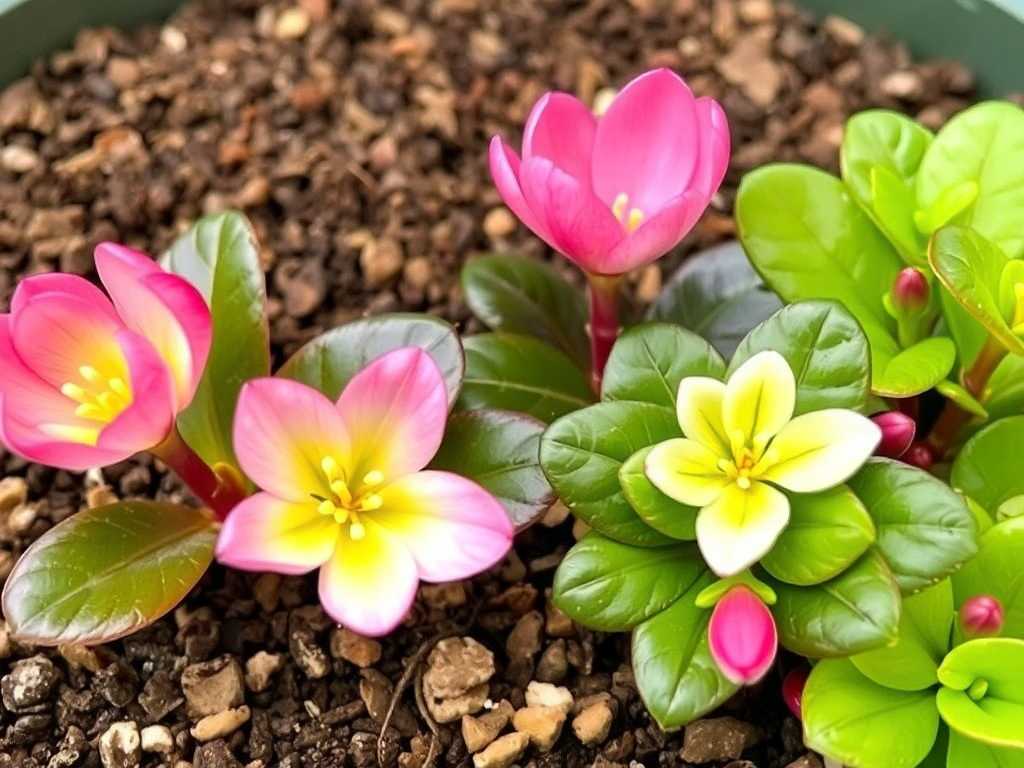
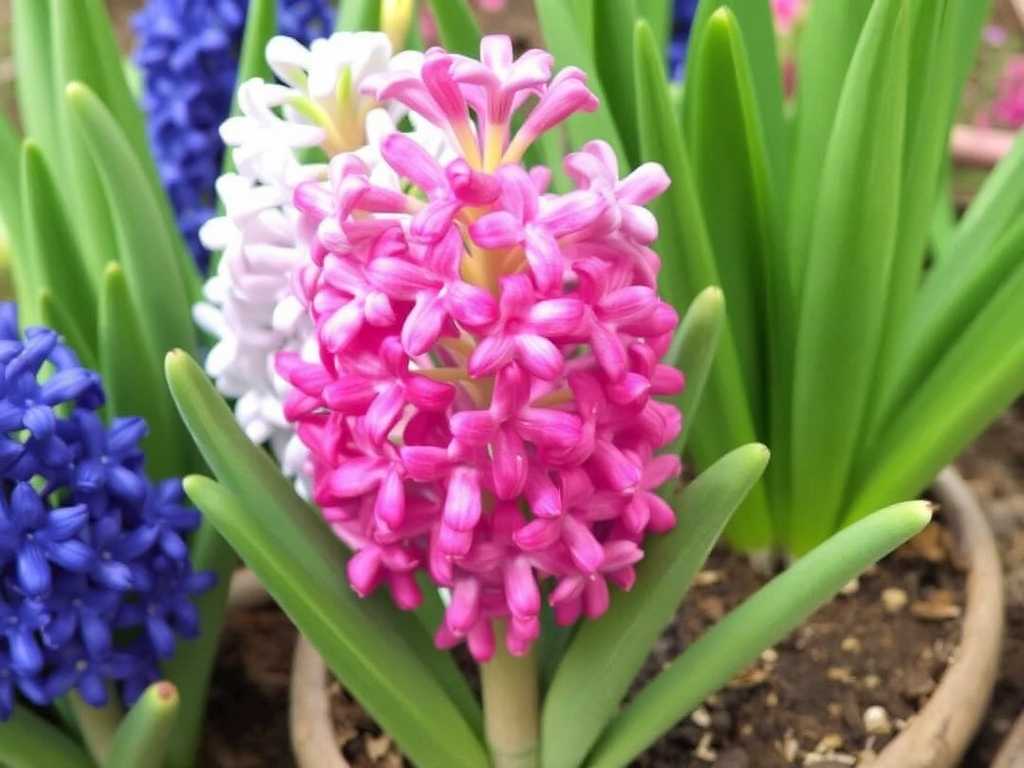
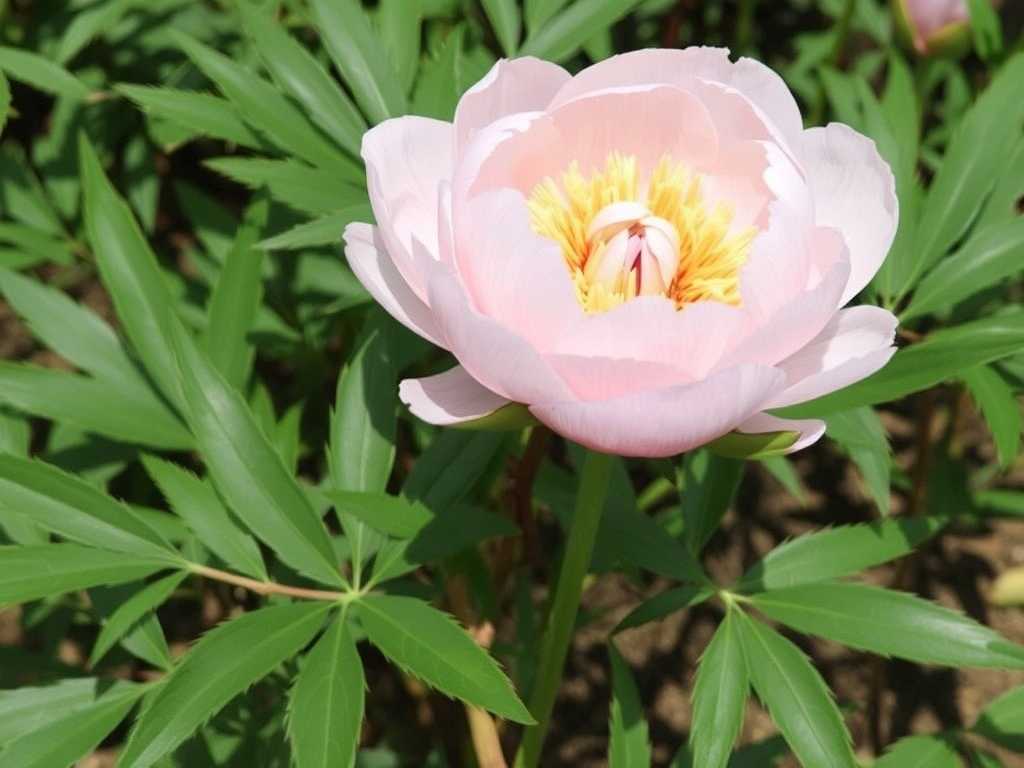

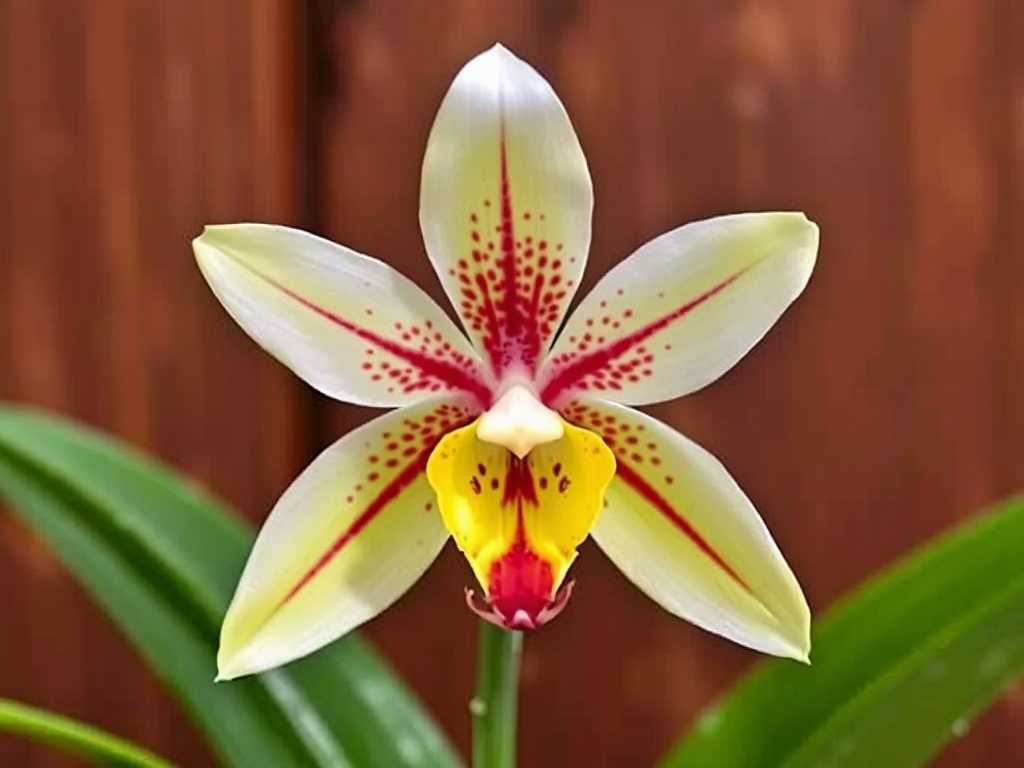
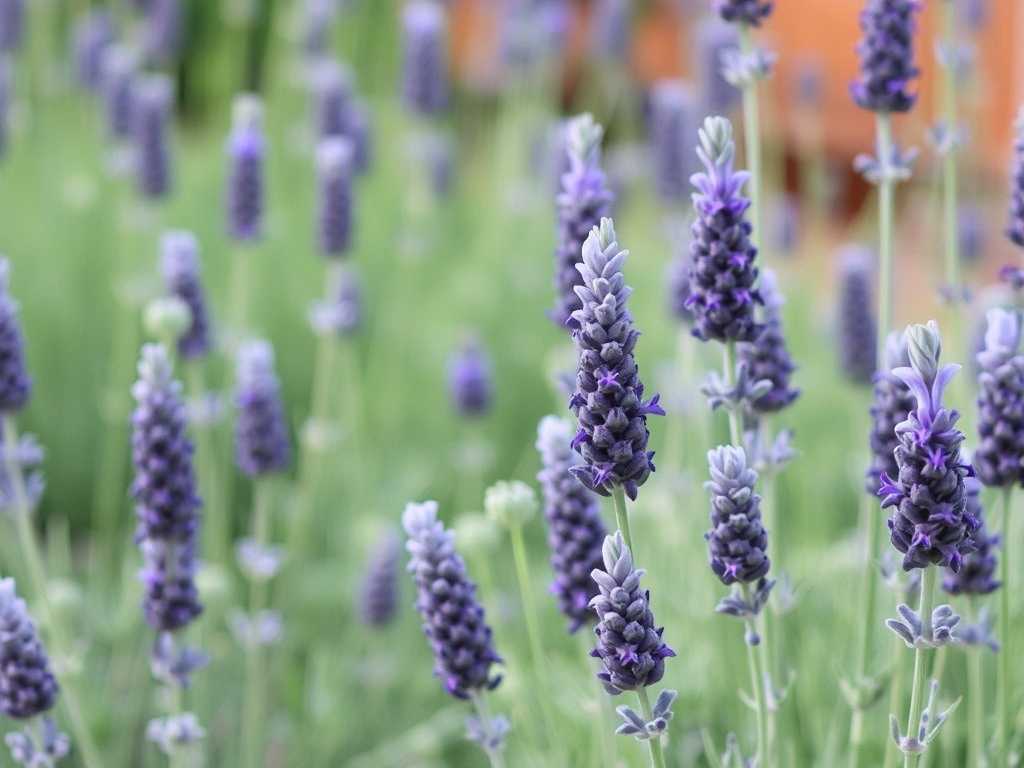
发表评论